In November 2022, in a lawsuit called United Resin, Inc. v. John B. Los, et al., in the United States District Court for the Eastern District of Michigan held that a company’s claims alleging its former employees (1) conspired with a distributor and (2) tortiously interfered with company’s contracts and business relationships, lacked sufficient support. However, the Court added that the company adequately pleaded a claim for one of the defendant’s alleged violations of the Computer Fraud and Abuse Act (CFAA).
Case Background
As background, United Resin, Inc., the plaintiff in this case, formulates, manufactures, and sells adhesive epoxy systems for aerospace, electronics, automotive, marine, and construction industries. Lenk, a defendant in this case, was a former employee of United Resin until December 2020. Los, another defendant in this case, was also a former employee of United Resin until he voluntarily quit his position in January 2021.
United Resin kept its product formulas confidential. However, in October 2021, a United Resin employee found emails between Los and one of the company’s distributors. This caused United Resin to believe that these emails were evidence of a conspiracy between Los, Lenk, and the distributor to misappropriate the company’s formulas and interfere with its existing contracts. United Resin also believed the emails were evidence that Los and Lenk violated State and federal statutes.
Relevant Law
This case involves both federal and state law. Under Federal Rule of Civil Procedure 12(b)(6), a court may grant a motion to dismiss if the complaint fails to allege facts “sufficient ‘to raise a right to relief above the speculative level,’ and to ‘state a claim to relief that is plausible on its face.’”
First, to plead conspiracy in Michigan, the plaintiff must offer facts that “support a reasonable inference that two or more persons planned or acted in concert to accomplish an unlawful end.” Here, the plaintiff brought Lenk into the lawsuit on a conspiracy theory but was unable to support a reasonable inference that Lenk and Los conspired together.
Secondly, in Michigan, tortious interference claims have four elements: (1) a contract, (2) a breach, (3) an unjustified instigation of the breach by the defendant, and (4) damages. The motion to dismiss in this case was dependent on the third element. See Total Quality, Inc. v. Fewless, 332 Mich. App. 681, 704–05 (2020)
Lastly, under 18 U.S.C. § 1030, the CFAA creates a cause of action for anyone who suffers loss from another party who knowingly accessed a computer without authorization or exceeded authorized access. Here, the Court found that Lenk never had access to the company email account nor any direct contact with the distributor, and the Court ultimately dismissed this claim against Lenk but moved forward with the claim against Los.
The Court’s Analysis
The Court noted that a plaintiff’s claim must be dismissed when it merely includes general or conclusory allegations. Here, the plaintiff needed to plead facts to allow the Court to infer that the defendants were liable for the alleged misconduct.
The Court found that where, as in this case, a plaintiff has to claim facts sufficient to support a reasonable inference that the defendants’ actions were wrongful or done for an unlawful purpose, the plaintiff’s claim must have sufficient facts to show this. Here, the plaintiff relied on a conspiracy claim to bring Lenk into the lawsuit and hold Lenk equally responsible for the emails between Los and the distributor.
The Court analyzed that the plaintiff’s alleged evidence that the defendants conspired together divided into four categories: (1) Defendant Los and a distributor exchanged emails; (2) Defendant Lenk was well-situated and well-suited to aid Defendant Los; (3) Defendants were collegial; and (4) events that occurred on January 8, 2021. The Court held that even when taken all together, the four categories of evidence did not show that Defendant Lenk took or planned any action with Defendant Los. This caused the plaintiff’s conspiracy allegation to fail.
The plaintiff’s failure to adequately support a conspiracy claim then further affected the plaintiff’s claim against Lenk for a violation of the CFAA. The Court dismissed this claim because the plaintiff never alleged Lenk accessed the company email account, and the Court already dismissed the plaintiff’s claims of conspiracy and contractual interference due to a lack of sufficient support. The plaintiff’s conspiracy theory was the only thing linking Lenk to the alleged unauthorized access to the email account. This caused the Court to grant Lenk’s motion to dismiss since there was nothing linking her to the alleged misconduct after the conspiracy claim was dismissed. However, the Court denied Los’s motion to dismiss because the plaintiff adequately pleaded a claim for a CFAA violation against Los for his unauthorized emails with the distributor.
Takeaways
This case is a reminder of the importance of a party to a lawsuit having a clear understanding of all elements of a claim. Parties must consult with an attorney when pursuing a cause of action against a defendant to avoid minor mistakes that could result in dismissal. Every case must begin with a claim that is plausible on its face. When a plaintiff brings forth a claim against a defendant, the plaintiff must plead facts that allow a court to infer that the defendant is liable for the misconduct alleged. If the plaintiff does not do this, the court will dismiss that claim.
If you need to speak with a Michigan attorney, contact attorney William Cantrell at 1-877-858-6868 or [email protected].

